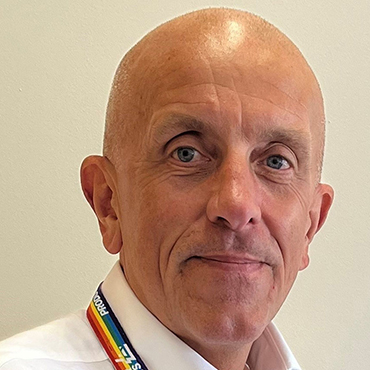 At Air Products, we believe every incident no matter how minor, is a learning opportunity that brings us closer to our ultimate goal of zero accidents. Central to this philosophy is fostering an environment where employees feel empowered and unafraid to report near misses and potential hazards.
At Air Products, we believe every incident no matter how minor, is a learning opportunity that brings us closer to our ultimate goal of zero accidents. Central to this philosophy is fostering an environment where employees feel empowered and unafraid to report near misses and potential hazards.The results from this approach speak for themselves. Between 2020 and 2025, we achieved a 50% reduction in lost time injuries (LTIs) and a 43% improvement in recordable accidents. Such progress is only possible through an unwavering commitment to safety, continuous learning, and a proactive approach to risk management.
Reflecting on our journey in the early 1980s, our incident rates were much at level, comparable to industry norms of that era. But we recognised that we didn’t have to stick to minimum industry standards, we could do much better by creating a high standard customised to our operations and expectations. We introduced the three Es - evaluation, education and enforcement, which led to a significant reduction in incidents.
As we expanded globally, it became evident that a standardised approach was necessary to address the diverse safety cultures and grades across our operations and geographies. And that’s when we started on our global environment, health and safety (EHS) management system designed to unify our safety standards and practices worldwide. Recently we implemented our EHS system at a newly acquired geography and the results were very encouraging - we recorded zero LTIs within the first six months, and only one minor incident involving first aid in the whole two years since we acquired that plant.
A cornerstone of our safety culture is the emphasis on reporting near misses. Historically, in some cultures, admitting mistakes or reporting minor incidents has been frowned upon. We've worked diligently to shift this mindset, encouraging our employees to view the reporting of near misses not as an admission of fault, but as a proactive measure to prevent future accidents. By analysing these near misses, we can identify trends and implement corrective actions before they escalate into more severe incidents.
We’ve found that the best way to achieve any large-scale positive change regardless of geography requires a two-pronged process. Senior leaders must be seen to prioritise safety standards to achieve the buy-in of our employees – be it plant engineers, technicians, contractors or fleet drivers. And, when employees do raise concerns, the managers must then address those risks. This culture of shared responsibility is critical in delivering to the safety standards that we demand of ourselves.
As we look to the future, maintaining this culture to accommodate new technologies and evolving operations will present fresh challenges. But with our foundation of vigilance and responsibility, we are confident we can meet them head-on.